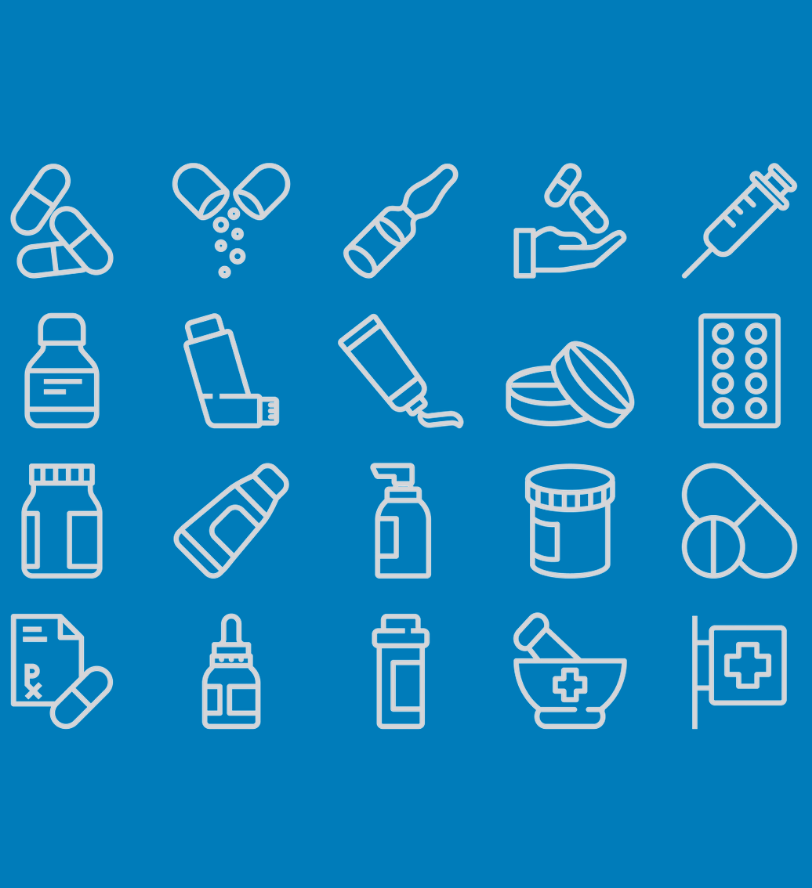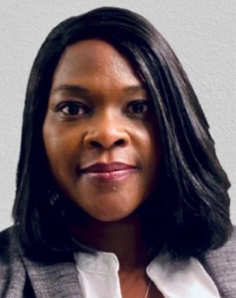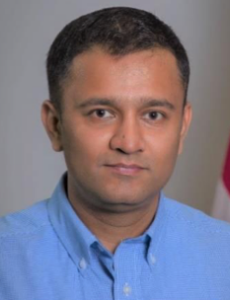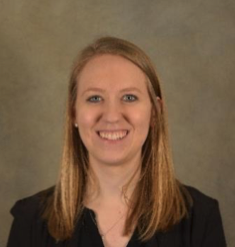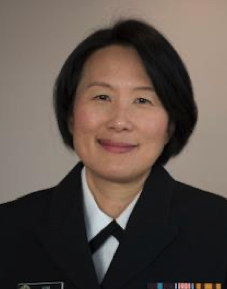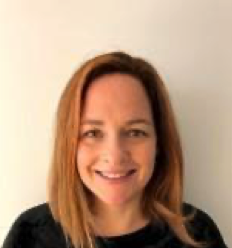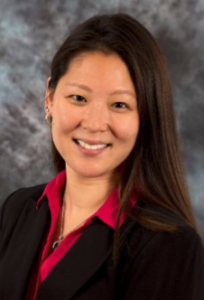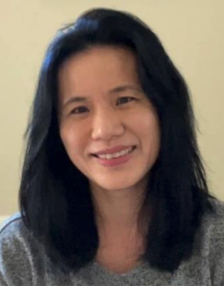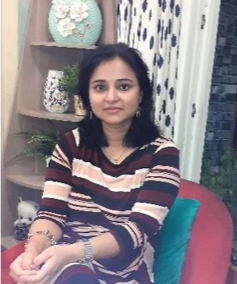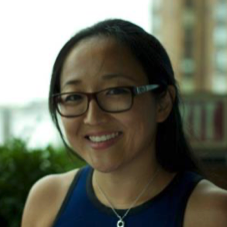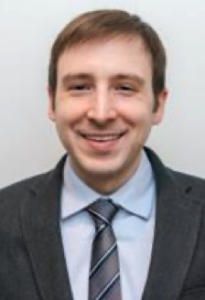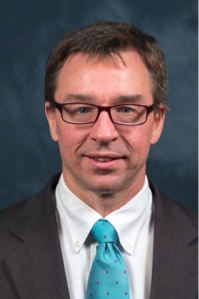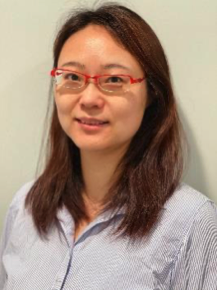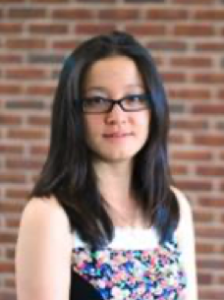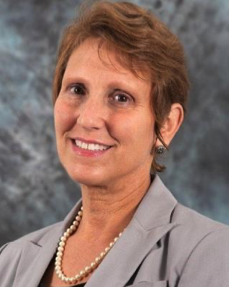Establishing bioequivalence for drug products often involves having inactive ingredient sameness in a proposed generic’s formulation with its reference listed drug (RLD). In general, to determine whether a proposed formulation will meet FDA’s standards for sameness, the Agency provides formulation assessments through the controlled correspondence pathway. However, the challenges associated with meeting formulation sameness can differ between dosage forms and include differences in regulatory requirements for formulation sameness, analytical challenges associated with complex inactive ingredients, as well as safety considerations for exposure levels of inactive ingredients. To aid in the development of generic drug products, FDA publishes product-specific and general guidances that provide recommendations for establishing bioequivalence along with other considerations related to inactive ingredients and formulation sameness. However, even with the availability of FDA guidances and other informative tools like the inactive ingredient database, establishing formulation sameness can pose a significant challenge for generic drug applicants.
The goal of this webinar is to provide an overview of the regulatory framework, scientific concepts, product-specific challenges, and best practices related to development of complex generic drug products that are either required or recommended to have the same formulation as their respective RLDs. This information will provide a better understanding for the considerations that go into developing appropriate formulations, as well as best practices to present and support a formulation assessment that can reduce the time to potential product approval. The one-day webinar will include five sessions composed of presentations from FDA and the pharmaceutical industry followed by panel discussions to answer attendee questions.
FDA and the Center for Research on Complex Generics—which is a collaboration between the University of Maryland School of Pharmacy and the University of Michigan College of Pharmacy—are dedicated to advancing programs that stimulate scientific dialogue, disseminate current insights about complex generics, and generate new knowledge in support of FDA’s mission to promote and protect the public health by increasing access to safe and effective generic medicines.
Learning Objectives
Providing an overview of the regulatory framework for formulation sameness assessment
Understanding the concepts related to (1) qualitative (Q1) and quantitative (Q2) formulation sameness, and (2) “no significant difference” assessments
Understanding the considerations for inactive ingredient levels in a formulation and the use of inactive ingredient database
Identifying considerations and potential challenges during formulation development
Providing best practices for submitting formulation assessment requests and supporting formulation sameness in ANDA submissions with an emphasis on complex generic drug products
Audience
This webinar is primarily targeted for the generic drug industry and others involved in generic drug product development, including contract research organizations (CROs) that support generic drug applications, the new drug industry, academia, and other international regulatory agencies.

